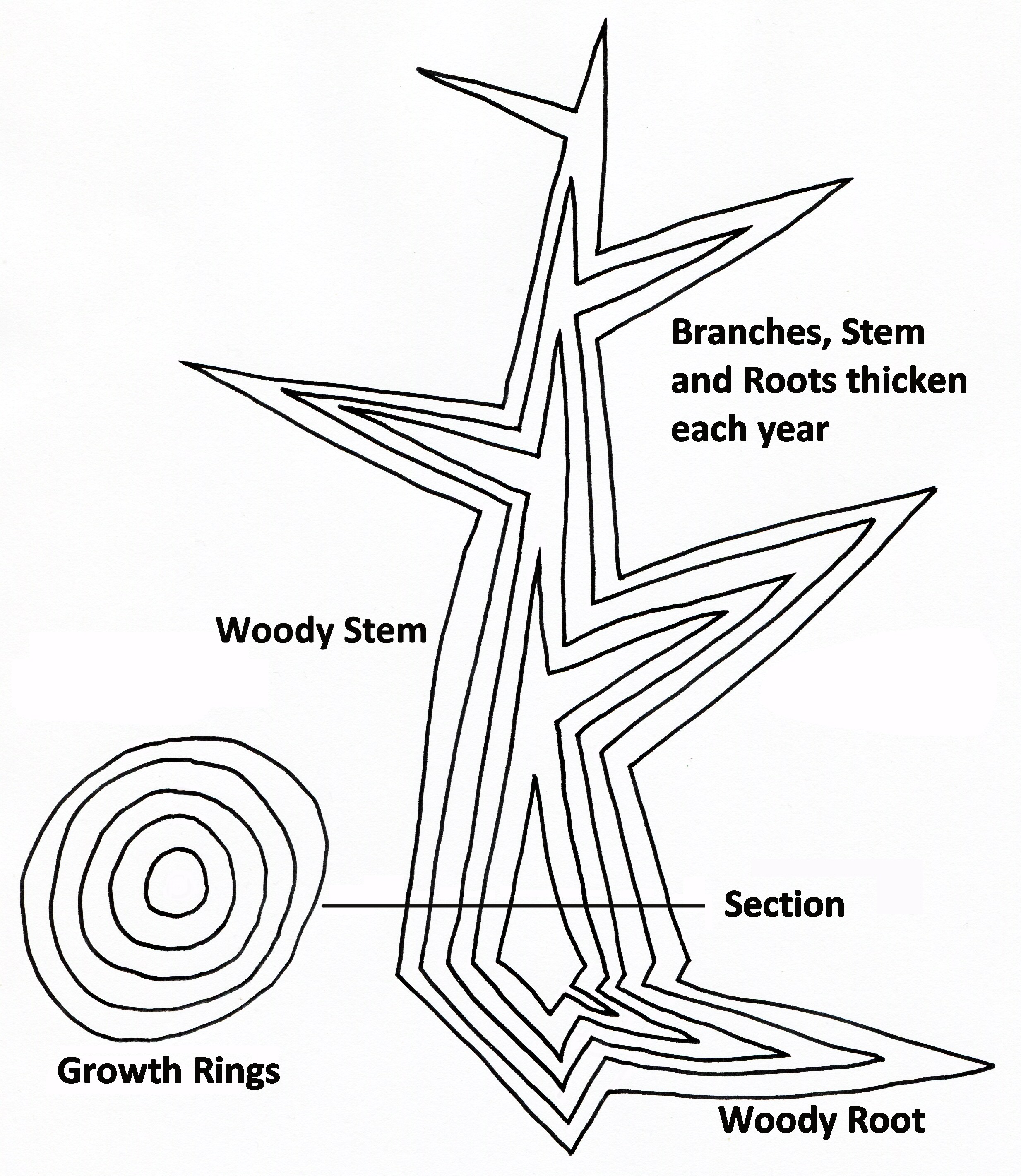I read the encyclopædia so you don't have to. I bring a daily dose of knowledge which is sometimes obscure, but always interesting. A while back I splurged and paid $700 for an 8 year old set of the Encyclopædia Britannica. I'm reading it cover to cover, page by page.
Monday, June 8, 2015
Dendrochronology - preventing underage tree drunkenness since the 1500's
Dendrochronology is a method of scientific dating based on patterns of tree rings.
The first reference to trees having rings was by Greek botanist Theophrastus around 300 BC. Like Bilbo, he didn't realize the significance of the rings though. It wasn't until Leonardo da Vinci's Trattato della Pittura (Treatise on Painting) that someone mentioned that rings form annually and that their thickness depends on the weather conditions that year. Later in 1833 Alexander Catlin Twining suggested matching growth patterns between many trees in an area to reconstruct historical weather patterns across entire regions.
The youngest rings are on the outside. Trees don't grow all over in the way that animals tend to do. They grow like houses that get a new coat of paint every year:
For trees in the wild, cores are taken using a long hollow drill bit. This leaves a long bore hole in the tree which would seem to be cause for concern. But, I found a thread where dendrochronologists discussed whether it was safe to leave the core unplugged.
Some preferred to seal the holes with beeswax, but most were convinced that trees self repaired and were not permanently damaged. It would be pretty catastrophic to drill out a core of someone's leg. Certainly there would be a tremendous amount of bleeding and cursing. But trees don't seem to mind. The trees immediately start filling the hole with sap (this seems to serve a similar purpose to bleeding) and a few years later the hole is difficult to find evidence of.
The primary concern seemed to be fungus. Unlike humans where imbibing alcohol generally increases risky behaviors that spread disease, in any situation where fungus is a danger, the borer should be cleaned with alcohol before moving to the next tree.
That's not all though! It's not just about preventing young trees from getting into clubs before they're 21. In the past, paintings were made on wooden panels rather than canvas. Those panels can be dated using this technology, although museum curators get really upset if you try to use a drill on their 500 year old paintings.
The above painting of Mary Queen of Scots was thought to be an 18th century copy, but dating of the wood panel determined that the wood came from the 16th century. It is now regarded as an original.
Strangely, in order to preserve wood panel paintings, sometimes the paint itself was transferred to canvas. Try and think about that for a bit. It seems crazy, but it is not impossible.
Subscribe to:
Post Comments (Atom)



No comments:
Post a Comment